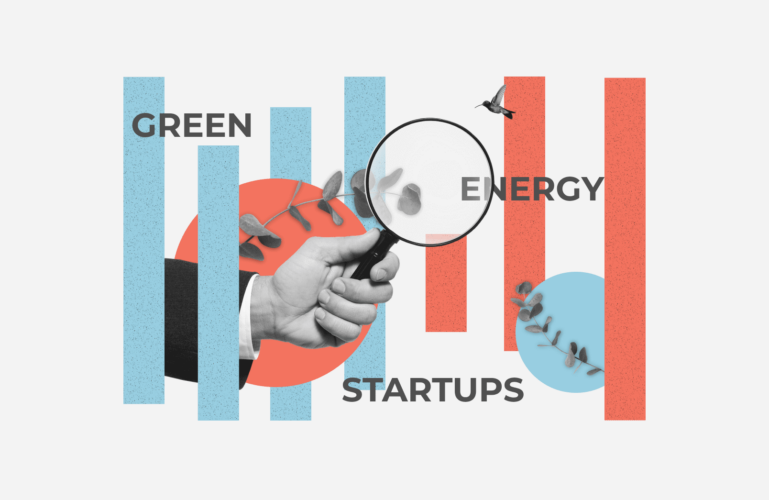Learning Management Systems (LMS) development is one of the hottest trends in education software. The global LMS market is expected to grow 2.3X in the next five years – from $18.7Bn in 2022 to $46.3Bn in 2027. So, how to develop an LMS and capitalize on this huge opportunity?
At MindK, we believe that top-notch products involve two key factors – a well-tuned development process and an experienced team to make it happen. Our engineers analyzed 14 EdTech projects to identify their main success factors. The result is a step-by-step guide on custom LMS development in 2025.
Table of contents:
The business side of custom LMS development
Successful Learning Management System (LMS) development starts way before you write the first line of code. So,
Step #1. Define the type of LMS you want to build
LMS fall into four types, depending on the services offered:
- Traditional LMS allow creating and storing courses, managing profiles, and reporting on progress. Such systems cover almost every industry. They include education, corporate training, medicine, and so on.
- Modern Learning Management Solutions (MLMS) focus on a learner-centric environment. They turn users into active participants with gamification, mobile learning, and custom notifications.
- Learning Management Ecosystems. LMS Ecosystems integrate different tools and e-learning solutions into one platform.
- Custom Learning Management Systems usually target specific niches like leadership courses or enterprise training.
These LMS also differ based on the deployment model. They can be сloud-based (situated in the cloud and accessed from everywhere). Other options include self-hosted (located and maintained on your own cloud server) or hosted on a private cloud.
Don’t know which type of LMS will make the best fit for your business needs? Try out a free consultation with our EdTech experts.
Step #2. Make sure you have an audience to target and a business model to go
Your LMS can serve either a wide audience with courses of all sorts or concentrate on one specific niche. It might be tempting to go for the larger market. Yet, most successful companies began with a narrower audience and expanded later into other niches.
These niche LMS may focus on real estate, arts, agriculture, various hobbies, or languages. You might target college students, adults, parents, K12 pupils, and so on.
One of the oldest projects at MindK started as an education platform for several scientific communities in Norway. Since then, it grew into a modern SaaS LMS for all sorts of associations and businesses [explore the case study]
Making money with your LMS is just as important. So think about selecting a profitable EdTech business model.
Step #3. Create an LMS requirements checklist
It’s time to analyze your Learning Management System requirements to come up with a list of desired features. This will be later used to estimate the LMS development cost.
- Course building. Management and creation of learning content should be as simple as possible. To make learning more fun and engaging, use multiple formats. They include text, videos, audio, interactive elements, quizzes, and live sessions. Combining courses, tests, and lessons into sequences is another important feature.
- User & group management. LMS typically has two kinds of users: course creators and students. Admins should be able to add new users, organize them into groups, assign courses, customize access rights, track the progress, set up notifications, and more.
- User onboarding is another critical feature. Many LMS allow corporate clients to buy a course for multiple employees by sharing a list of emails. A worker then uses their email to access the system and available courses.
- Built-in assessment module allows creating quizzes from scratch or using templates.
- Pricing and subscription management. Integrating e-commerce features is essential if you want to earn money via an LMS. This functionality might include course purchases, discounts, bonus programs, promotions, and subscription management.
- Advanced analytics and reporting. Make sure your reports contain descriptive data on learning progress, completed courses, test results, training history. Visualize them on interactive dashboards with filters and customization options. Just as important is an ability to export and send reports to users.
- In-app collaboration. Learning is more fun with community discussion and problem-solving. You might experiment with forums, collaborative gamification, and learner-generated content. For example, learners and teachers in Coursera communicate through online forums and work groups.
- Integrations. An Application Program Interface (API) acts as a bridge that transfers data between different systems. API development and integration saves time & costs, while offering better data, reports, and insights.
- Automated alerts and notifications. Even with a feature-rich LMS, educators can’t manually control the whole process. That’s why auto-alerts and notifications are another must-have. You can send updates about deadlines or inform trainers on completion rates. Auto-notifications provide feedback to the right people at the right time.
If you want a practical example of these features, check out a Tyoch learning platform we created for one MindK client. It brings together the best trainers, large companies, and individual learners. Besides course constructor, it has a built-in shop, quizzes to track the participant’s progress, detailed coach profiles, clear dashboard for students to preserve course records, evaluations, and more.
Step #4. Validate the idea on the market (with a shoestring budget)
One of the biggest mistakes you can make as an LMS developer is to forget about validating the demand. There are a great number of budget-friendly approaches to market validation. Among them are landing pages, prototypes, and even explanatory videos.
Market validation provides a better understanding of user pains and helps you find a better technical solution to these problems.
For example, the founder of Dropbox created a 3-minute video demonstrating the product idea. Their beta-waiting-list jumped from 5,000 to 75,000 people IN JUST A DAY! Can you imagine?
The technical side of custom LMS development
So now that you know more about the business side of things, how do you actually develop an LMS? Depending on the requirements, you can save a lot of money by using out-of-the-box LMS platforms with some additional customization. Here’s how this might look in practice.
Step #5. Select the right architecture and tech stack
There are many approaches to architecture. For most LMS apps, we recommend a service-oriented architecture that splits features into isolated modules.
Such an arrangement makes it easy to integrate ready-made LMS platforms with custom modules. Your solution becomes more scalable, stable, and faster to develop. And if your requirements change, you can easily swap those components. Useful for when cloud-based hosting becomes too expensive with the rising user count.
Now, let’s look at an example of such an architecture below.
This might look confusing at first. But the picture gets clearer as soon as you understand the purpose and technology behind each of these modules:
Content Authoring. Educational content is the core of any LMS. We recommend integrating your app with content authoring tools like Raise 360. You can create various types of content, export it in different formats, select the types of student data to track, and import the content into an LMS.
Learning Record Store (LRS) is a specialized database that collects all sorts of learning-related information. It can use a variety of sources like real-world activities, mobile & desktop apps, HR systems, and so on. Specifications like Experience API (xAPI), cmi5 and Sharable Content Object Reference Model (SCORM) allow LRS to collect, aggregate, and share this information in a standardized way.
Content player displays all types of content to learners. It allows users to navigate through the courses and lessons, pause and resume playback, leave bookmarks, adjust volume, fill quizzes, and use interactive content. A player collects varied information to assess learner progress and stores this data in an LRS. SCORM Cloud is a popular cloud-based player to integrate with your LMS. Alternatively, you can use Rustici Engine for local deployments.
Ecommerce module. Subscriptions, pricing customization, payments, reports, and bookkeeping are critical for LMS apps. You can integrate open-source solutions like Shopify Plus for selling courses directly in Shopify. WooCommerce is a great option if you have an existing WordPress website. And fFor high security requirements or non-standard logic, we recommend a custom Node.js/React player. Integrations with payment gateways (Stripe) and accounting systems (QuickBooks) are another must-have.
Custom logic and UI. Most LMS still need custom logic, dashboards, and UI. For this part, we recommend React and Node.js. Both are mature and high-performing technologies based on JavaScript. Using the same language both on a frontend and backend allows a single developer to easily support the entire solution.
Hosting. Cloud hosting like SCORM Cloud has a lot of advantages. Transparent pricing isn’t one of them. Most providers won’t tell you the final price tag before you share all the requirements with the sales team. The billing ranges from $0.1 to $3 per active user. This can become a problem with a large user count (and don’t forget to add $5K-$25K for a one-time onboarding fee).
Self-hosted solutions like Moodle and TalentLMS can be cheaper, depending on your requirements. Storing user data in the country of residence makes it easier to comply with privacy regulations like GDPR. This, however, requires in-house expertise for security, customization, and support (which is critical).
Step #6. Gather the development team
Even the best technology is useless If you don’t have the right people to implement it. Besides LMS developers, you’ll also need other roles and skills like:
- Project Manager.
- Business Analyst.
- UI/UX designer.
- QA engineers.
- DevOps specialists.
Narrow specialists will do their job quicker, leading to better quality and cost savings in the long run. Depending on your requirements, choose one of three options to develop a custom LMS.
Based on our experience, the best way to build a high-quality product is to partner with a full-cycle LMS development company. They provide business analysis, UI/UX design, development, quality assurance, project management, and support. All under one roof. This can save a lot of time and protect you from the top risks of outsourcing.
Step #7. Start small with Minimum Viable Product
For the first version of your LMS, we recommend focusing only on the meat-and-potatoes features (see Step #3). Your Minimum Viable Product (MVP) should have just enough features to satisfy customers and collect the data you need to improve the product. Those might include standard functionality like course building, user management, along with something unique to stand apart from competitors.
Step #8. Design the LMS
Great design is one of the key elements of success. Discuss your business goals and expectations with a UI/UX designer. Based on this information, they will build simple wireframes for each screen and connect them in a smooth user journey. If necessary, you can even ask for a clickable prototype to test the app’s concept as early as possible.
When accepting the final LMS system design, pay attention to:
- Navigation that defines how easy your LMS is to use; learners should intuitively find what they’re looking for.
- Сolour palette and styles should contain colors that engage people, as well as keep them focused.
- Appearance including corporate logos, UI elements, and other brand identities.
- Responsiveness with custom designs for mobile, tablet, and desktop screens.
- Simplicity. Learners won’t use an LMS with tons of pop-ups, heavy texts, or a poor balance between elements.
- Personalization to make user profiles and dashboards engaging and informative.
In the end, the designer will provide an LMS layout along with icons, pictures, style guide, and other graphic design elements.
A design system for an EdTech project at MindK – an analytical tool for meaningful education & career choices
Step #9. Check the intermediate results
Depending on the size of your MVP, several 2-week iterations might be necessary to deliver the necessary functionality. Typically, developers and quality engineers will work in parallel. The aim is to finish each iteration with a piece of working and tested software.
This approach allows you to observe the results at regular intervals. You can then adapt the product to the changing markets and provide feedback to the team. This eliminates possible blind spots and reduces the risk of not meeting user expectations.
After reviewing the first iteration, it’s time to re-prioritize the tasks, and pick the highest-priority items from the backlog.
Step #10. Launch the MVP and improve based on feedback
It is time to rock the world with your LMS.
Reach out to your target audience through social media, email, and other channels. The main goal here is to collect real feedback from people and use it in the future to achieve 100% satisfaction. Analyze why clients purchase the system or why they refuse to do so (which is even more important).
User feedback will guide you towards the best LMS features and must-have improvements. So update your backlog, add new features, remove the bloat, and plan the next iterations.
But how do you understand when to stop?
The LMS is complete when your iterations no longer produce enough value to justify the development process. As simple as that.
Ready to transform your LMS idea into a successful product?
Now that you know how to create an LMS, it’s time to gather a team for custom LMS development. MindK has helped over a hundred companies like yours realize their ideas. We provide end-to-end product development teams that work side-by-side with clients to reach their goals.
You can send us your set of features to get a free quote in a couple of days. Don’t have the detailed requirements? Don’t worry, our Business Analysts that can turn even the vaguest of ideas into detailed specifications and estimates.
So if you’re considering custom LMS development, just drop us a line and get the ball rolling!
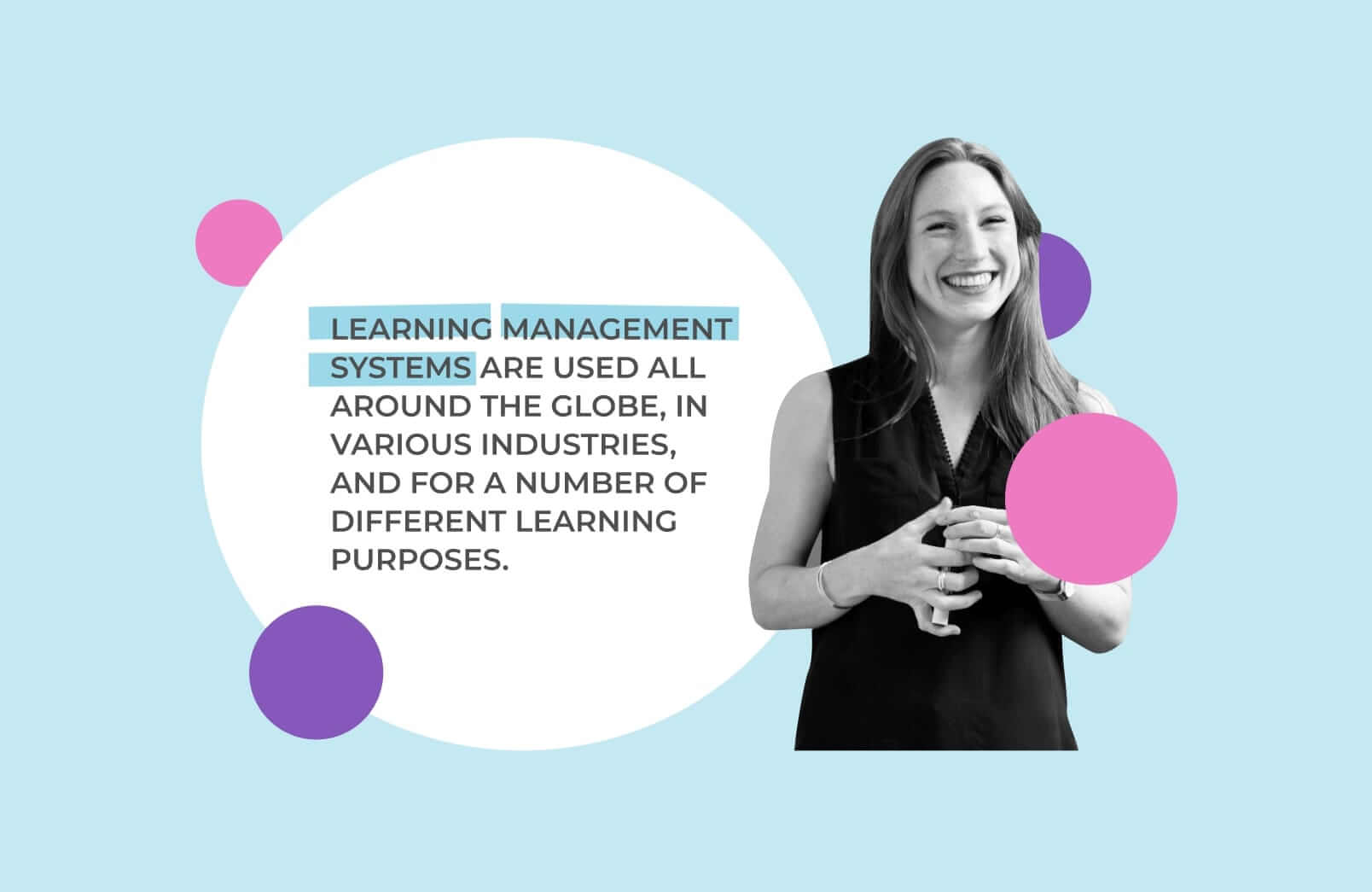

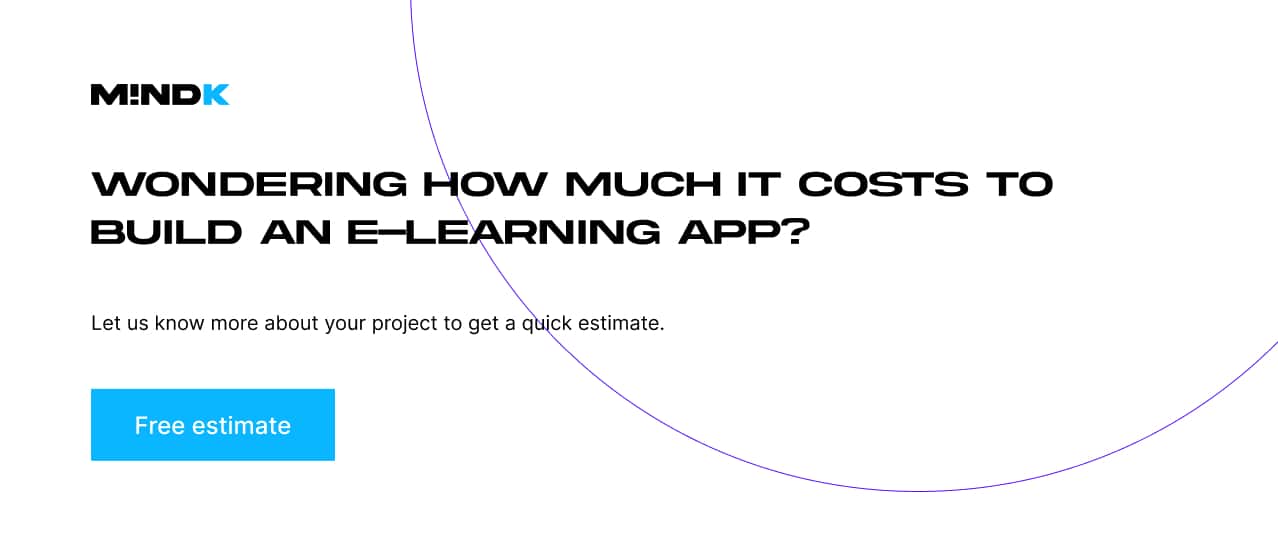
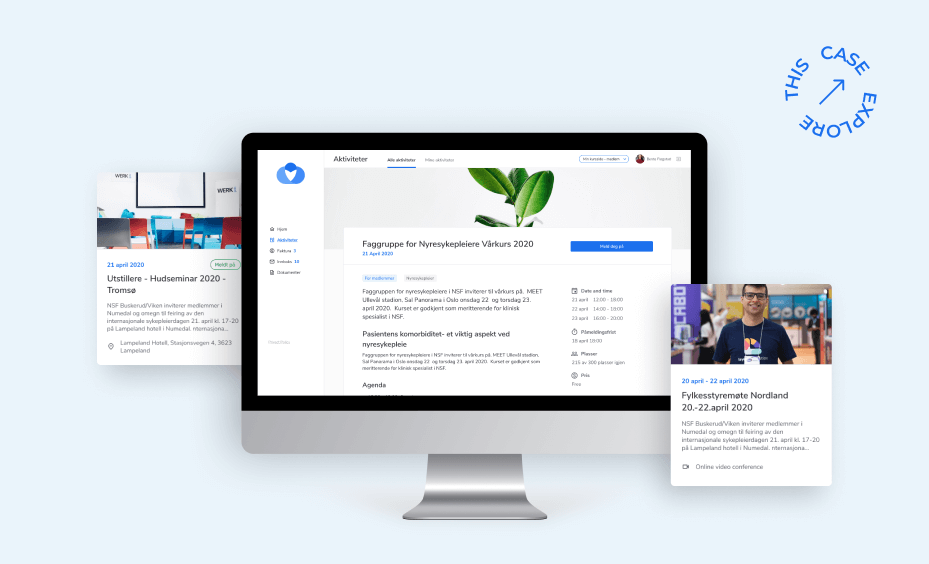
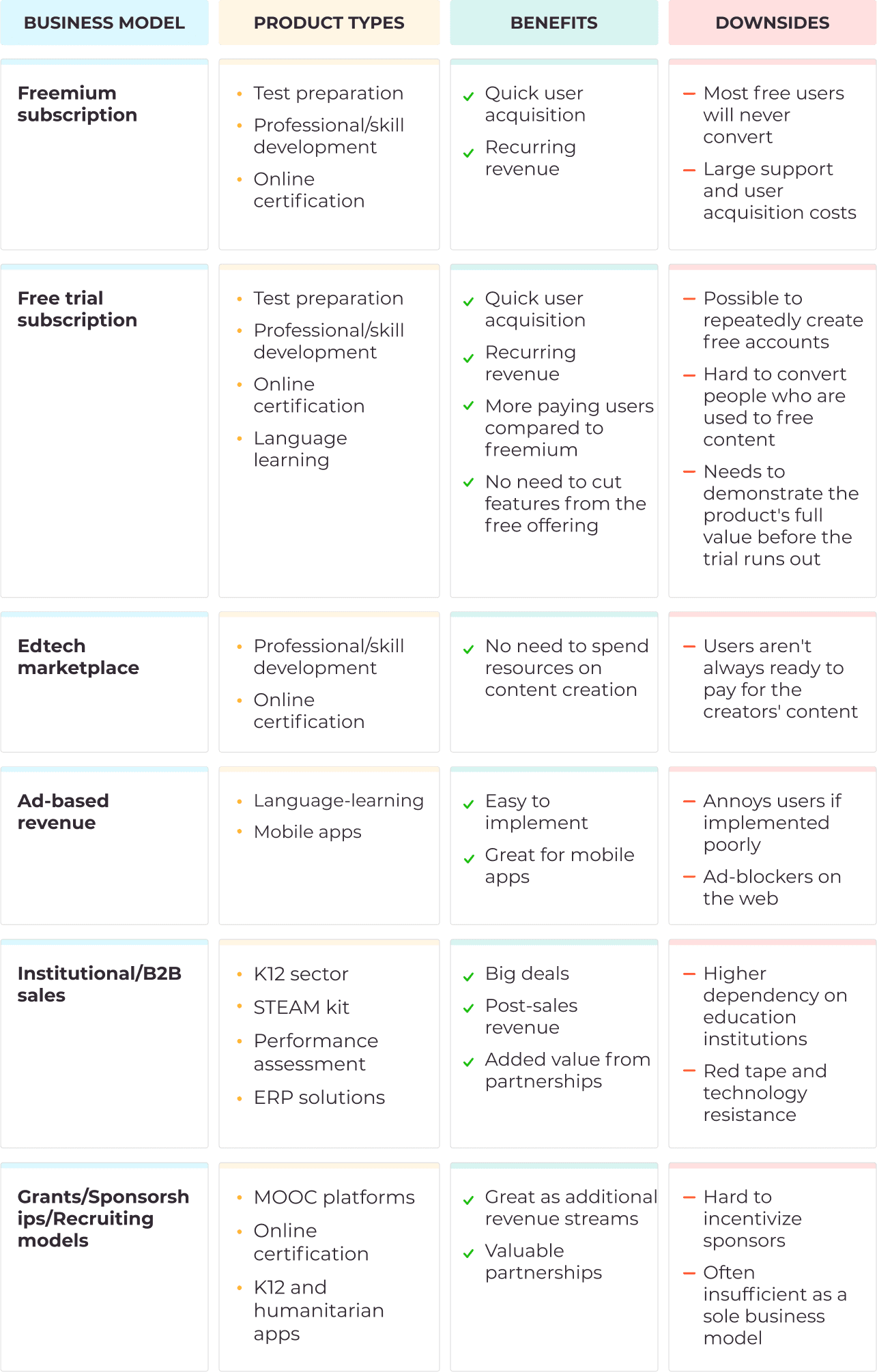
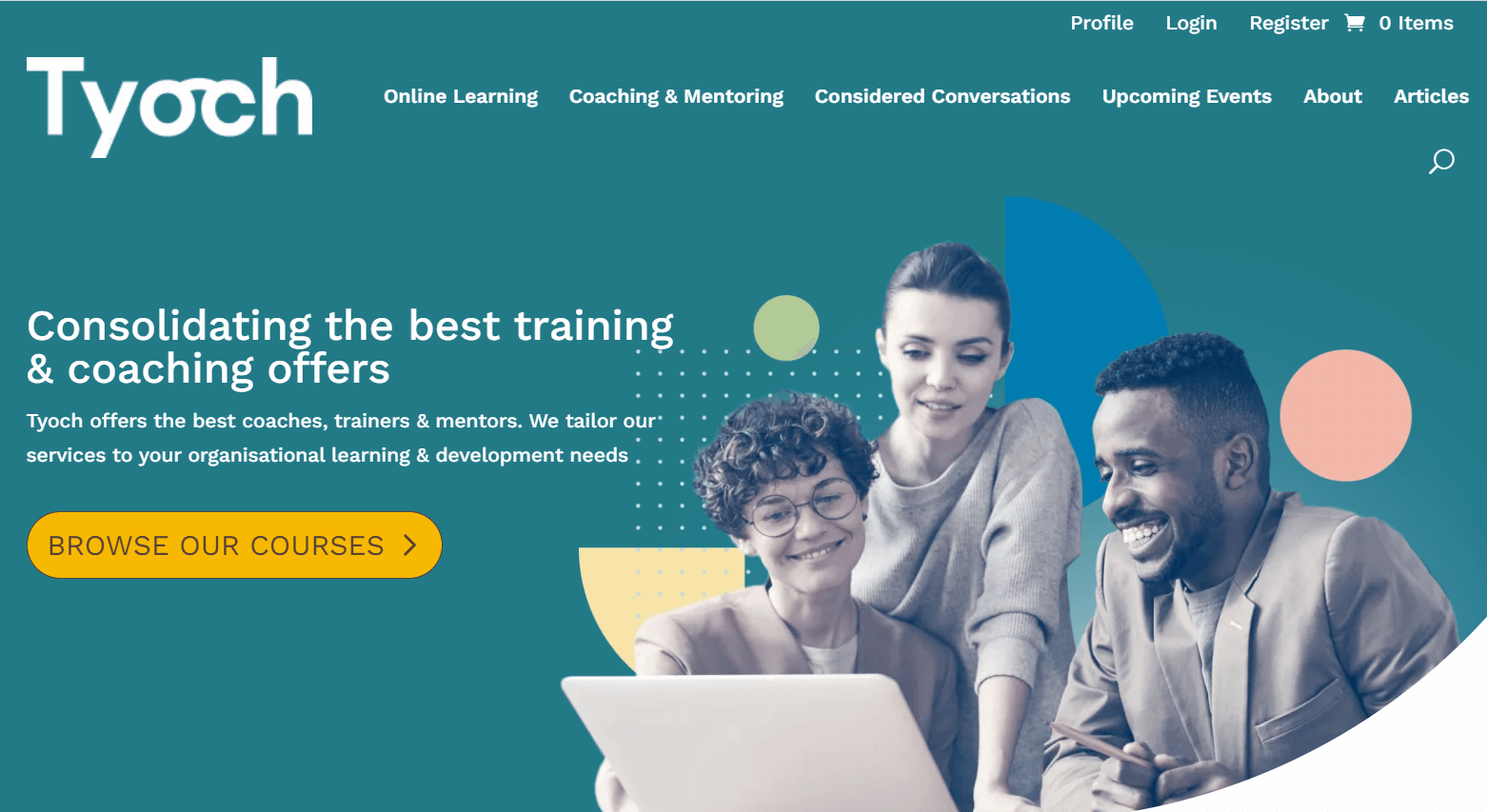
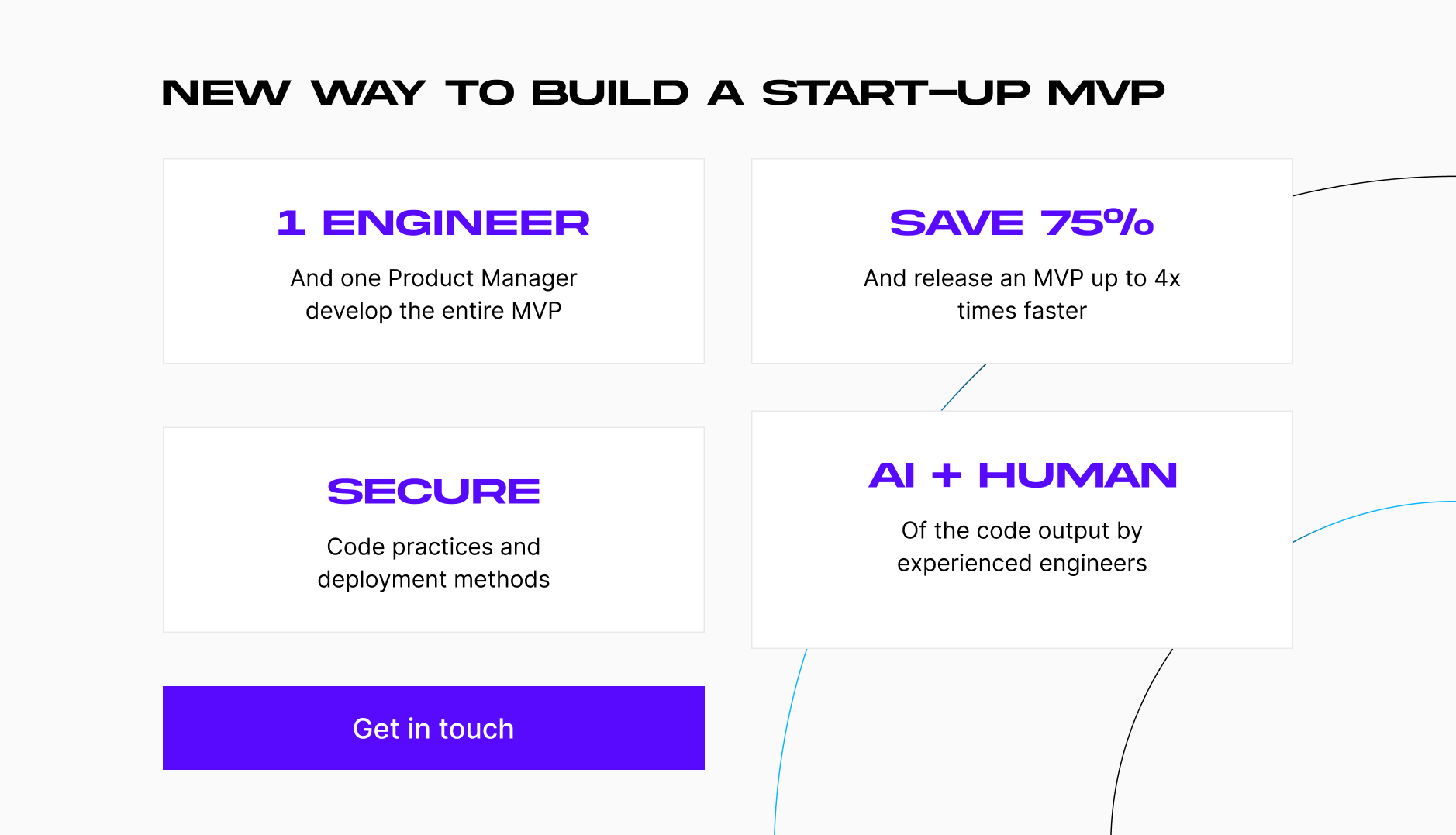
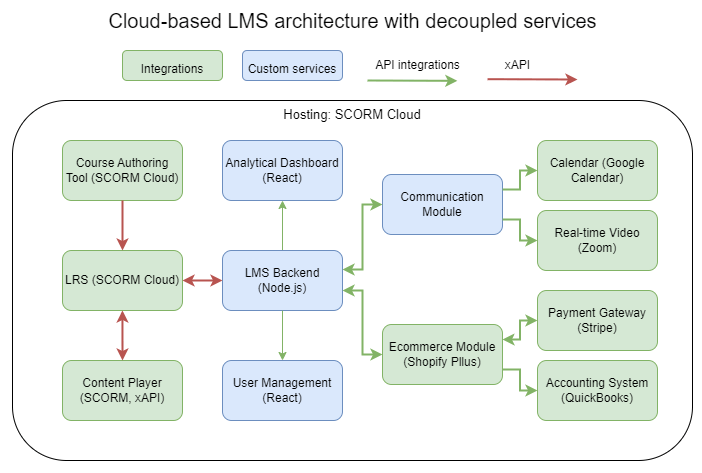
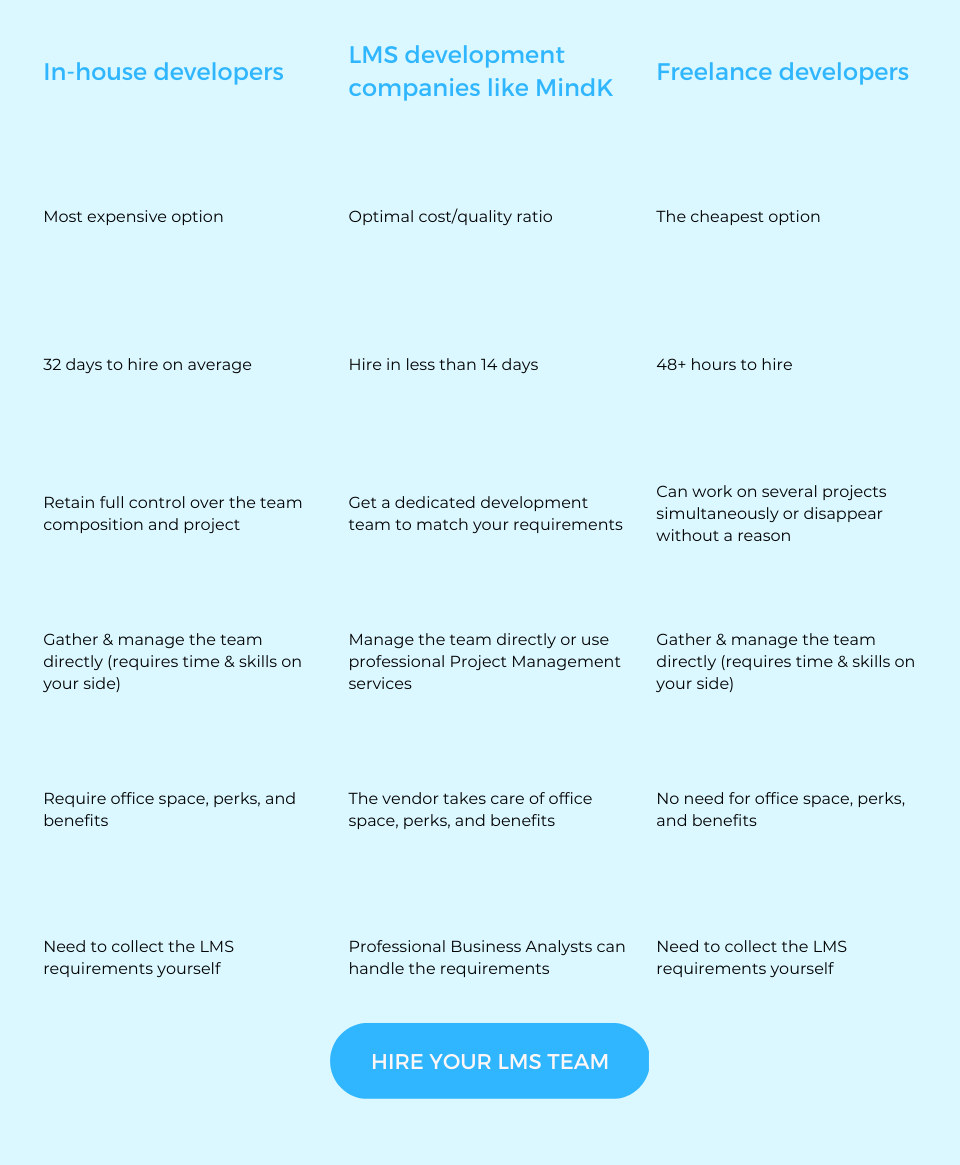

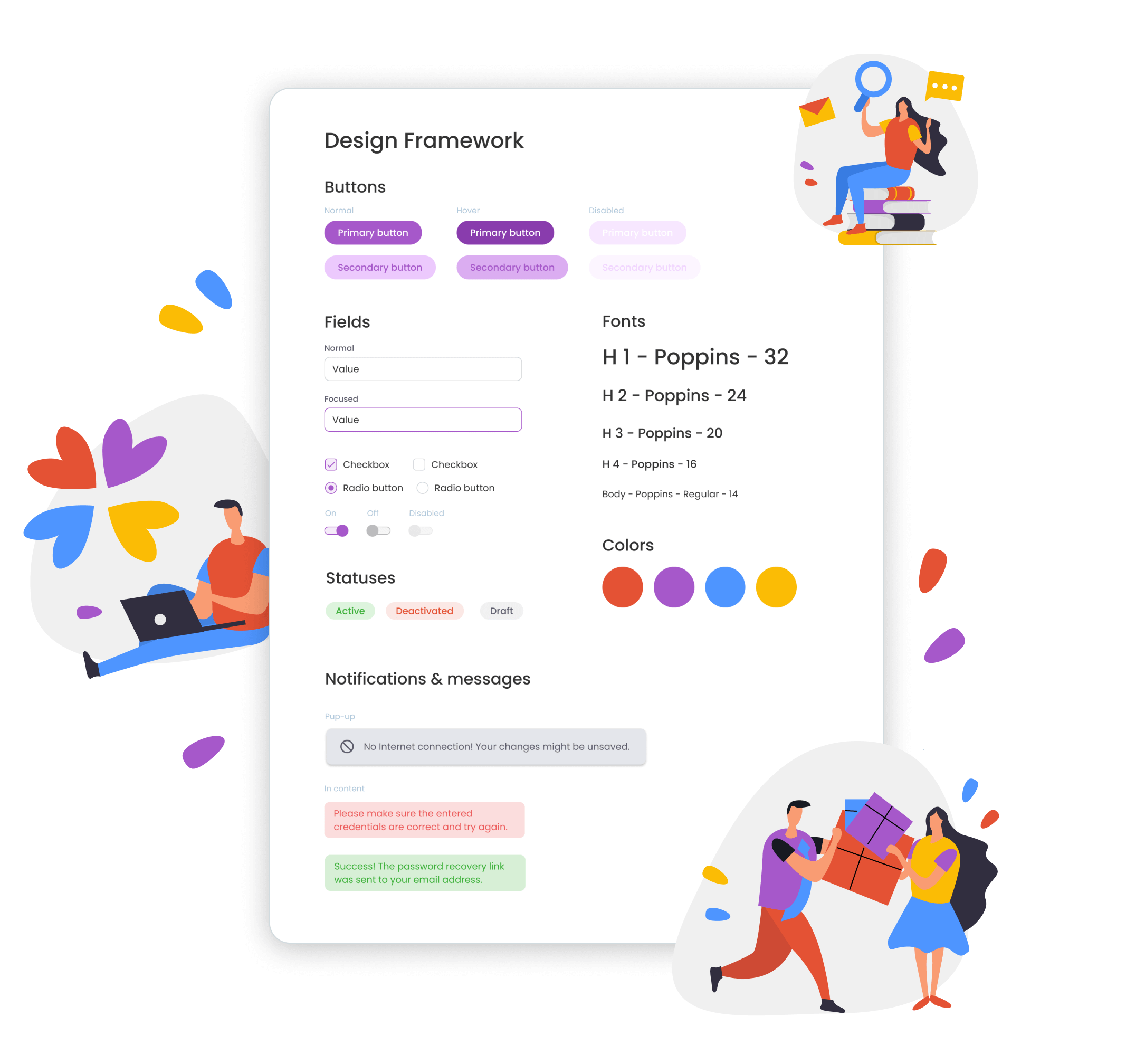
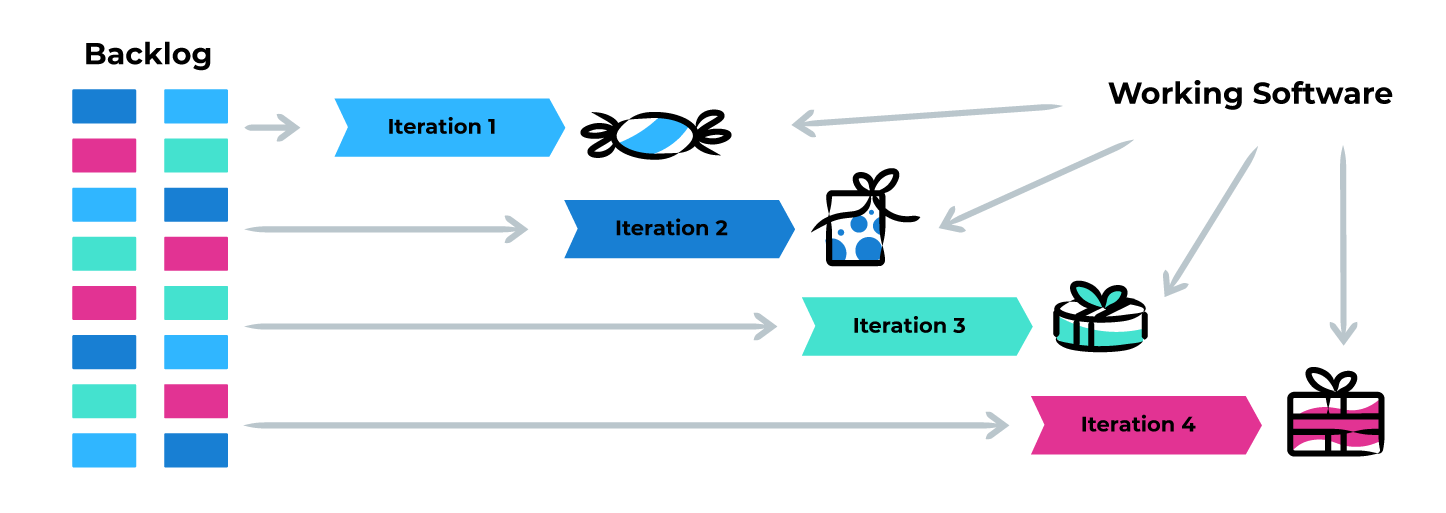
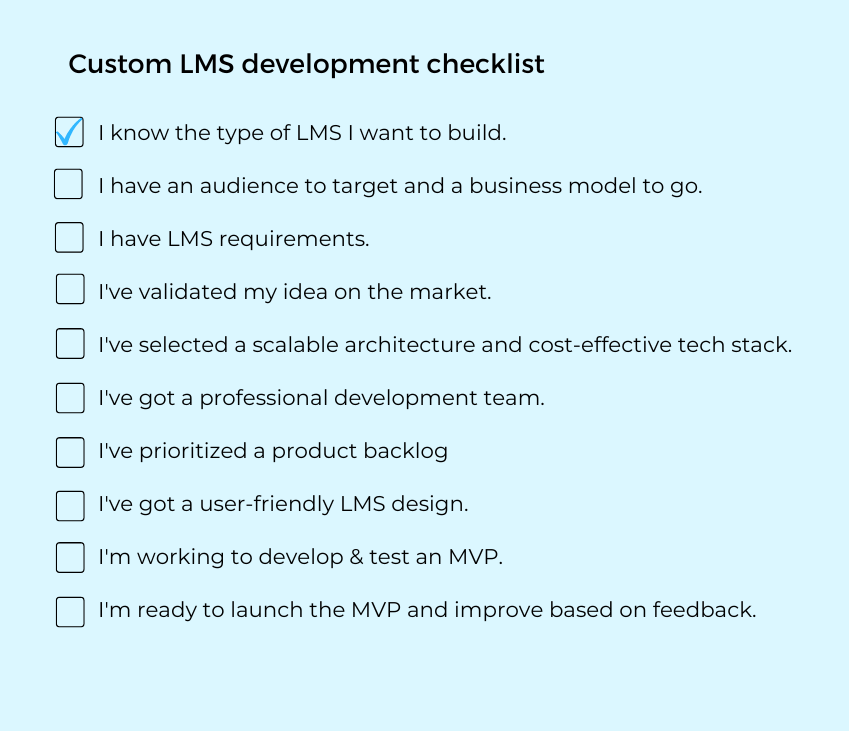
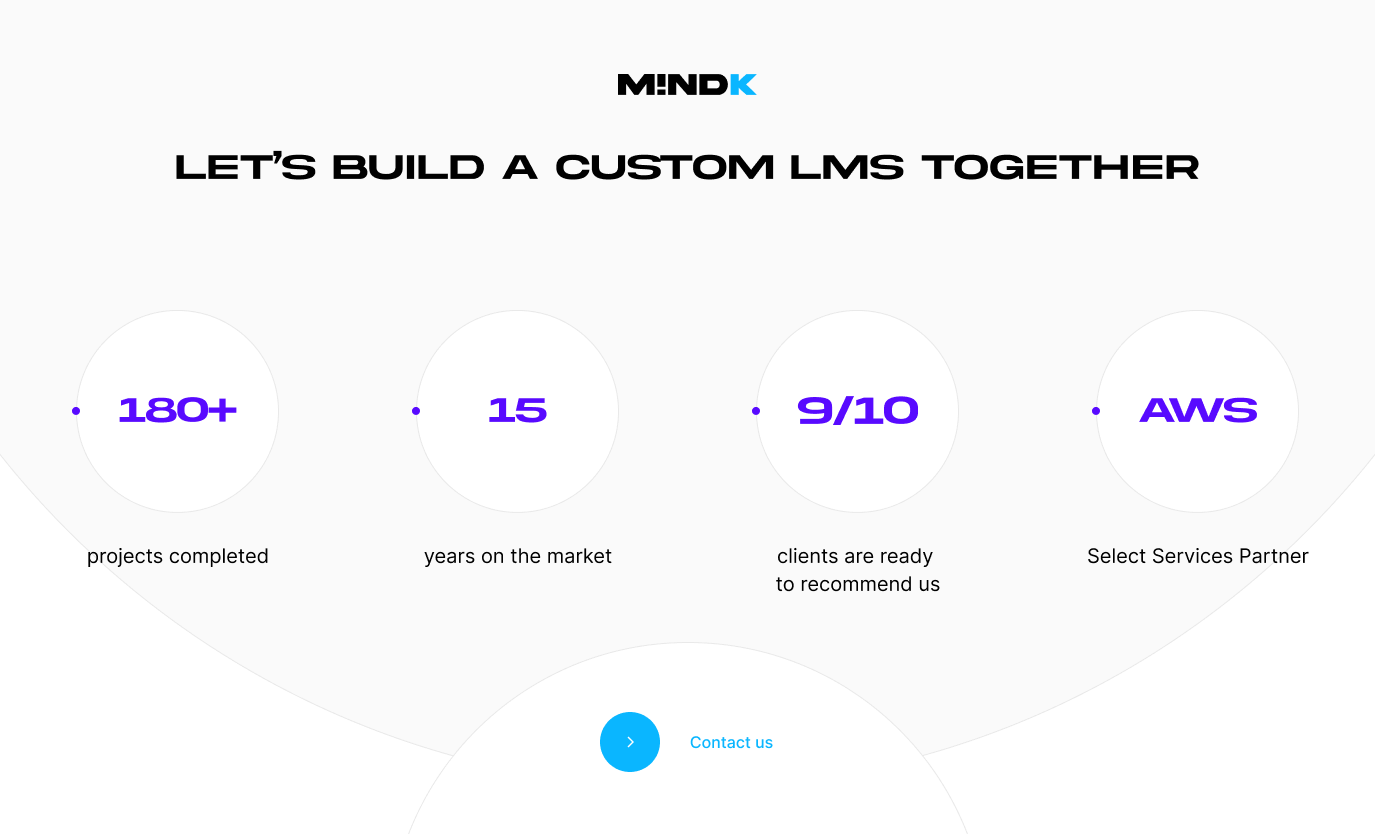



![Optimized Infrastructure Costs and Better Scalability with a Microservice Architecture [Case Study]](https://www.mindk.com/wp-content/uploads/2020/11/Migration_to_a_Microservice_Architecture-min-769x500.png)
